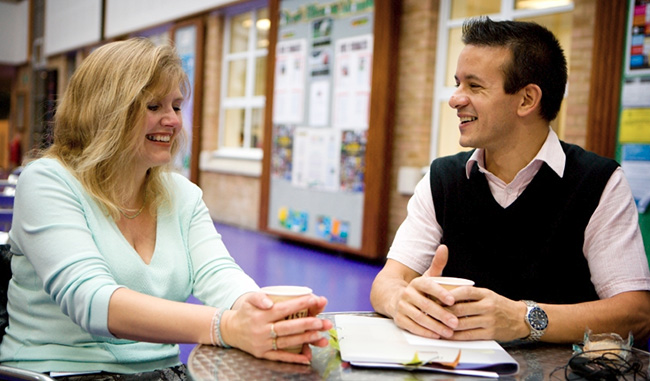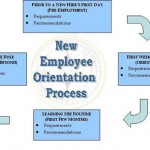Can We Talk? The Value of Structured
Dialogue as a Learning Strategy
Early in her long and fabled career, comedian Joan Rivers immortalized the phrase, “Can we talk?” as her signature gag line. The phrase served as a punctuation mark, usually to one of Rivers’ always spicy, sometimes crude observations on life, love and reality.
In an interview with PBS’ Tavis Smiley two months before her passing in 2014, however, Rivers offered a more serious explanation of the significance of the phrase:
“I just went out and talked, but I always said talk as if you’re talking to a friend that’s sitting next to you. … If you and I go to dinner, we have two glasses of wine, I’m gonna say, “Let me tell you another thing,” and that’s exactly what my comedy is. I get angry that people are so uptight these days and people – you can’t say this and you can’t say that. Oh, stop it. Laugh at it and move on.”
Members of the corporate world, facing its inherent political correctness and respect for authority, are somewhat like the members of a Joan Rivers audience, eager to hear her liberating truths while equally nervous about the sting that comes with her razor-edged wit.
One could argue, however, that the self-imposed silence of employees and managers is a primary deterrent to innovation and corporate productivity. Unless individuals feel comfortable sharing facts and opinions, mistakes go uncorrected, teams lose momentum and potential remains unrealized.
What does this have to do with learning and development?
Having been a practitioner of corporate learning for over twenty years, I’ve come to a startling realization about the shortcomings of the majority of learning strategies to effect organizational behavior change.
The reason is that, unlike personal skills development – which can be, in large part, an individual experience – organizational behavior, by definition, is a social endeavor.
Organizational learning, therefore, must be social as well – stimulating a dialogue through which individuals have a shared experience, reach shared insights and practice shared ideals. The element of dialogue complements any other sound learning strategy in the classroom or online.
In other words, in addition to “What must they know?” and “What must they do?” the learning program designer should be asking, “Can we talk?”
These days, the use of the word “social” triggers assumptions of technology solutions – as in social media, social platforms and social networks. While these tools can certainly empower dialogue among learners, the tools themselves don’t guarantee open discourse. In my next article, Channeling Socrates: from Instruction to Interview, we’ll explore the critical skills needed to facilitate meaningful dialogue.
Dialogue as a Learning Strategy






Great article. Joan’s phrase “Can We Talk” has been around for decades. It is still relevant today and perfectly applied in this blog.
Thanks for your comment. Do you see evidence of this – training that doesn’t really change any organizational culture – because nobody discusses the real issues with any degree of candor?